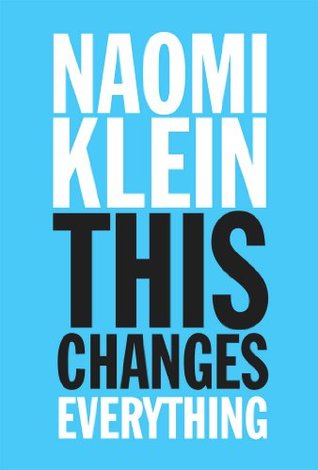removing carbon out of the air has long been technically possible. The problems have always been finding a means of removal that was not prohibitively costly, as well as storage and scale. In a market economy that means finding customers interested in buying a whole lot of captured carbon. Which is where the decision to pitch the eleven most promising entries in Calgary started to gel. Since the mid-2000s, the oil industry has been increasing its use of a method known as Enhanced Oil Recovery (EOR)—a set of techniques that mostly use high-pressure gas or steam injections to squeeze more oil
...more
This highlight has been truncated due to consecutive passage length restrictions.


